The Human Face of Elizabeth I
Do you find most of the portraits of Elizabeth I frustratingly aloof? The majestic ‘Virgin Queen’, her face and hair puffed and powdered to within an inch of her life, her body stiff and her gowns brimming with the carefully crafted symbolism of power, purity and wisdom? I do. That was until one lazy afternoon when researching suitable images for The Tudor Travel Guide brochure, ‘A Tudor Day Out … at Kenilworth Castle‘, I came across a portrait that stopped me in my tracks. This was Elizabeth as I had NEVER seen her before! This woman was attractive, contemplative – and above all incredibly human. I was beguiled. Could this be Queen Elizabeth I’s real face?
When I shared this post with my followers on social media, I soon realised that no one else had seen it either. It created quite a storm. Clearly, you felt the same way as I did – and so I had to find out more on your behalf. The trail of evidence led to The Weiss Gallery in London; they had sold the portrait to a private buyer some two years previously. Having made contact with the gallery, Florence Evans, Gallery Director, agreed to speak to me and share what we know about this fascinating picture.
In April 2019, I recorded an interview with Florence for The Tudor Travel Show podcast, which first aired in May 2019. In this podcast, Florence and I discuss the picture, its provenance and what it can tell us about this legendary queen.
I recommend that you listen to the podcast first, with the image in front of you, before reading the additional notes.
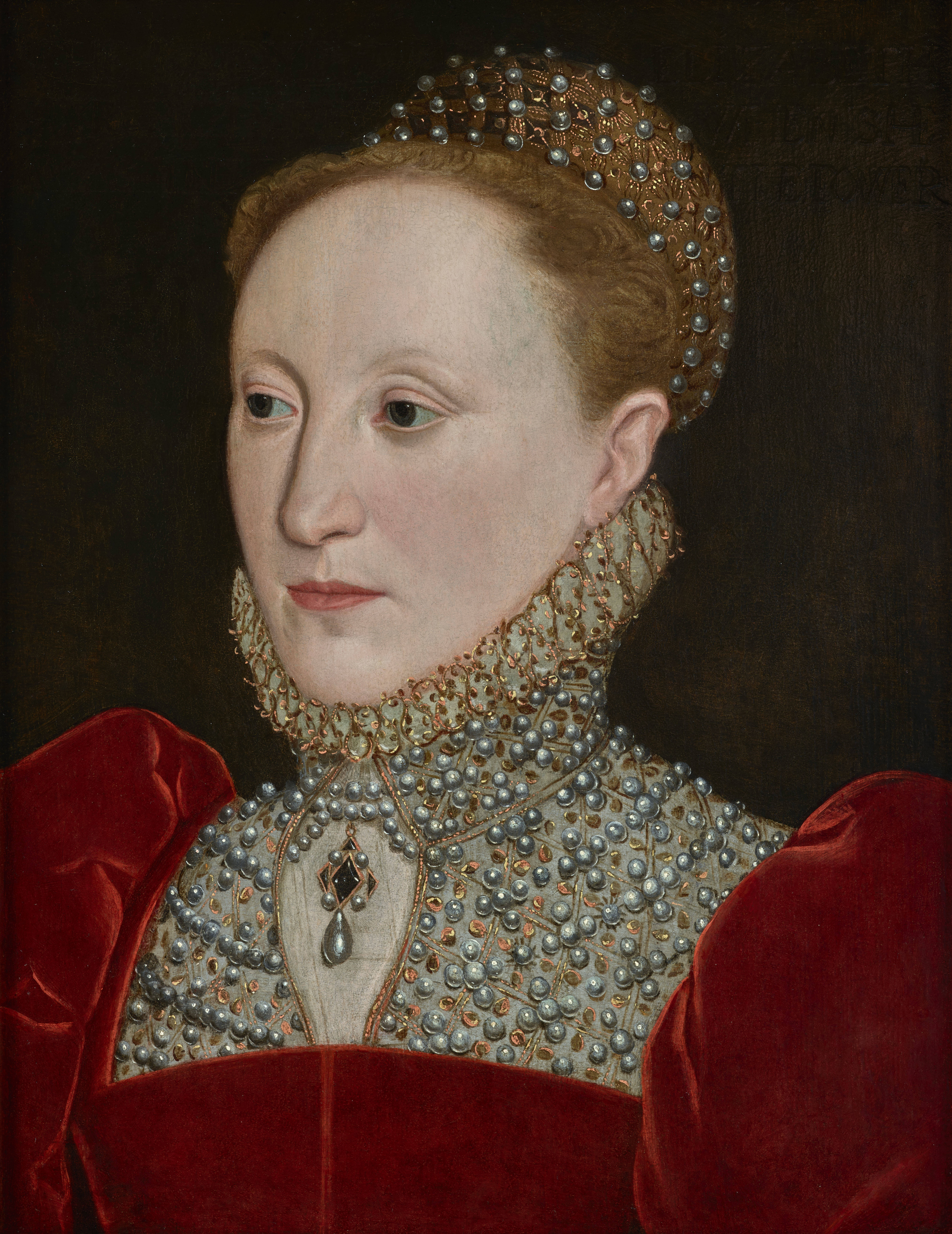
Oil on panel: 17 ¾ x 13 ½ in. (45.2 x 34.4 cm.)
Painted circa the 1560s
Provenance
- Acquired in London in the 1960s by Mary Hill Bishop (d. 1991), Chelsea Park Gardens;
- and by descent to Mary Kennard Perry (d. 2003), USA;
- and by descent to Private collection, Germany, until 2017.
The following notes were written by Florence Evans of the Weiss Gallery and are reproduced here with her kind permission.
‘Even to her temple are my feeble limbs travelling. Some call her Pandora: some Gloriana: some Cynthia: some Belphoebe: some Astraea: all by several names to express several loves: Yet all those names make but one celestial body, as all those loves meet to create but one soul.’
Thomas Dekker, Old Fortunatus (1599)
Sir Roy Strong quotes this paean to Queen Elizabeth in Dekker’s court play of 1599, as a perfect summary of the Elizabethan ‘cult’ – the image she had carefully crafted and perpetuated through her reign.[1]
However, this rare early portrait of Elizabeth is notable for its life-like depiction of the queen early on in her reign – indeed before the construction of the Elizabethan iconography, we associate with her today. In other words, that associated with the ‘Rainbow’ and ‘Armada’ portraits in which Elizabeth was presented as a remote goddess and perfected emblem of her own self-fashioning; images where she perfectly embodied Statehood, Empire, and a God-given right to rule.
The unknown artist who painted our more life-like representation makes use of the ‘Hampden’ portrait face pattern. The Hampden portrait was an important full-length panel of the queen, made in the early 1560s. It was one of the first official court images of the young monarch from which a number of subsequent portraits including the present work were modelled. Infra-red examination of our version reveals careful under-drawing to define the contours of the face.
Conservator Rosie Gleave of the Courtauld Institute of Art has noted that our portrait has probably been cut down from a larger composition: ‘Physical evidence, including the presence of large dowels at the side of the painting… and later, roughly bevelled edges, strongly suggests that the panel was once a larger image. It may have been a ¾ or full-length portrait, in line with other versions based on the Hampden portrait.’[2]
The Hampden portrait is thought to have been painted when Elizabeth was forced to address the issue of her marriage during the succession crisis of 1562-63. It is the only known image of the ‘Virgin Queen’ that alludes to the possibility of her becoming a wife and a mother: the background to the right of the portrait presents a portal into a brilliantly painted array of foliage, fruit and flowers, alluding to the queen’s potential fertility. She also holds a carnation in her right hand, traditionally a flower used in marriage portraits, while a rose is pinned to her chest. The rose was both the Queen’s flower, and an allusion to the Tudor dynasty, but also an allusion to Venus, goddess of love, and on the other hand, to Christ. Christ’s bride, perhaps, for she never would marry another.
The ‘Hampden’ full-length was in an inventory of the Lumley collection in 1590, noted as by ‘the famous painter Steven’. That painter was long presumed to be Steven van der Meulen, an Anglo-Flemish artist active in England from around 1560. However, the recent discovery of that artist’s will, written on 5 October 1563, dramatically reduced his potential oeuvre, bringing into question his authorship of the portrait of Elizabeth. It was suggested that ‘the famous painter Steven’ may well have been the Anglo-Flemish artist, Steven van Herwijck (c. 1530 – c. 1565), who was briefly active in England from 1562 – 1563; however, this hypothesis has been dismissed by scholars in the field.[3] Stylistically, however, we can assume that the artist of the Hampden portrait, and its associated versions, was probably Anglo-Flemish.
The costume Elizabeth wears in the present portrait is unique, and markedly different from the other Hampden versions. She wears a simple but rich red velvet dress, with high puff sleeves and an elaborate mesh of pearls and golden ‘spangles’ (sequins) across her partlet.[4] This pattern is echoed in her hairpiece – a caul of netted gold cord adorned with pearls, covering the hair at the back of her head. She wears a high, dense ruff with contrasting gold edging. Our portrait also includes a tear-drop pearl and table-cut diamond pendant necklace, hanging from a string of pearls worn over the gauze of her partlet. All the other versions depict a dress with slashed sleeves, and a less sumptuously embroidered and bejewelled partlet. The present version is notable for the attention given to the costume, as well as to the face.
Surprisingly, Elizabeth never appointed an official court painter, and she appears to have sat for only a handful of artists. Roy Strong pin-points only five specific artists that may have painted her through her reign – Levina Teerlinc in 1551, Nicholas Hilliard around 1572, Federico Zuccaro in 1575, an unknown French master in 1581 and Cornelius Ketel.[5] The majority of her portraits were executed by anonymous artists working from the court, sanctioned prototypes, and of course, there were many unauthorized images.
In 1563, just over five years into Elizabeth’s reign, and presumably after the present portrait type had been disseminated, Sir William Cecil drafted a proclamation designed to control the production of the monarch’s image, forbidding further portraits of Elizabeth being made until an appropriate model (in the form of a face pattern) could be provided to artists to copy from. After this, ‘hir Majestie will be content that all other painters, or engravers…shall and maye at ther pleasures follow the sayd patron or first portraiture.[6] Later in her reign, in 1596, the queen’s Privy Council ordered public officers to assist in destroying ‘unseemly’ portraits – offering further insight into a rather despotic and perhaps even vain desire to control her iconography.
Thanks to The Weiss Gallery for sharing their research into the painting, and if you want to follow in the footsteps of Elizabeth I during one of the most memorable – and romantic – progresses of her reign, you can purchase your copy of ‘Your Tudor Day Out…at Kenilworth Castle‘ by here.
Notes:
[1] R. Strong, The Cult of Elizabeth, 1977, p. 15.
[2] She also notes that the inscription to the upper background (now obscured, and which read: ‘The lady Elizabeth/ her picture when she/ was in the tower’), was a later addition: ‘It is not known when this addition was made, however, owing to the painting’s current composition, it seems likely that it was added after the panel was reduced in size – the cutting down of the panel, and later inscription, represent a significant change to the painting’s original appearance and function’. R. Gleave, CIA No. 2069 (treatment 2009 – 2011).
[3] B. Grosvenor, ‘The Identity of ‘The Famous Paynter Steven’, The British Art Journal, vol. IX, no. 3, winter 2008/9, pp. 12 – 17.
[4] In the 1560s English partlets were usually made of lightweight materials including satin, lawn, cypress and network, and frequently made with matching sleeves (Janet Arnold, Queen Elizabeth’s Wardrobe Unlock’d, 1988, p. 149). Embroidered sets of partlets and sleeves were sometimes given to Elizabeth as New Year’s gifts. Typically single women wore them open, and married women wore them closed.
[5] See R. Strong, Portraits of Queen Elizabeth I, 1963.
[6] J. Ashelsford, Dress in the Age of Elizabeth, 1988, p. 14.

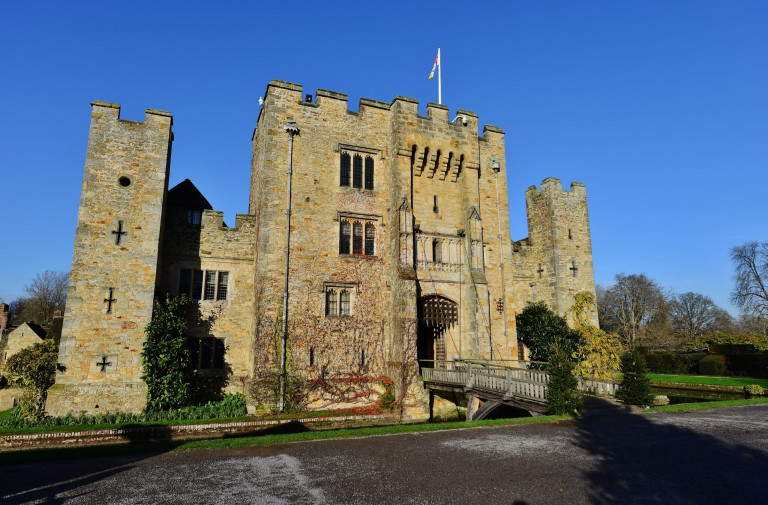
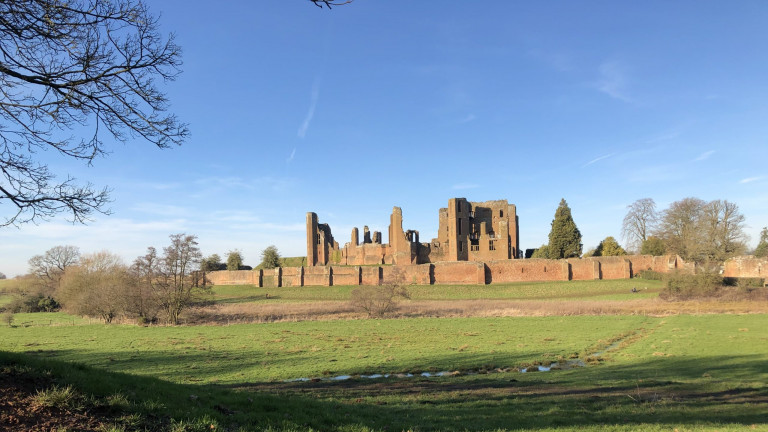

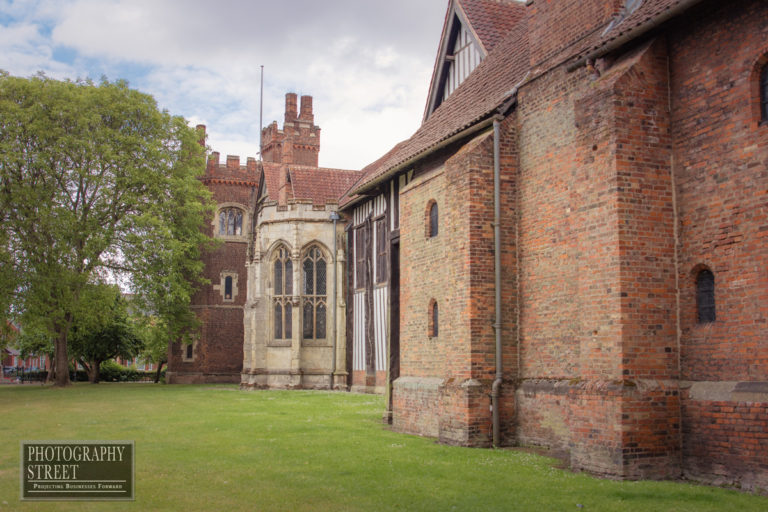
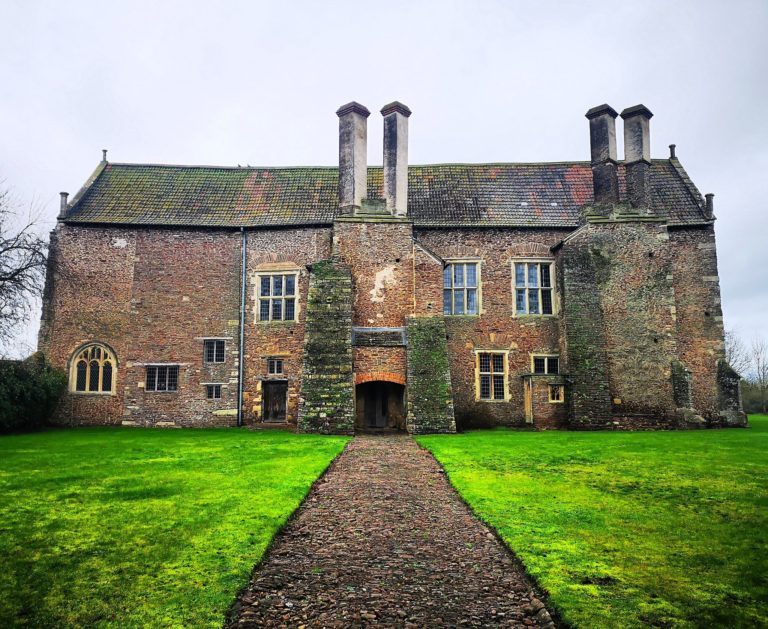
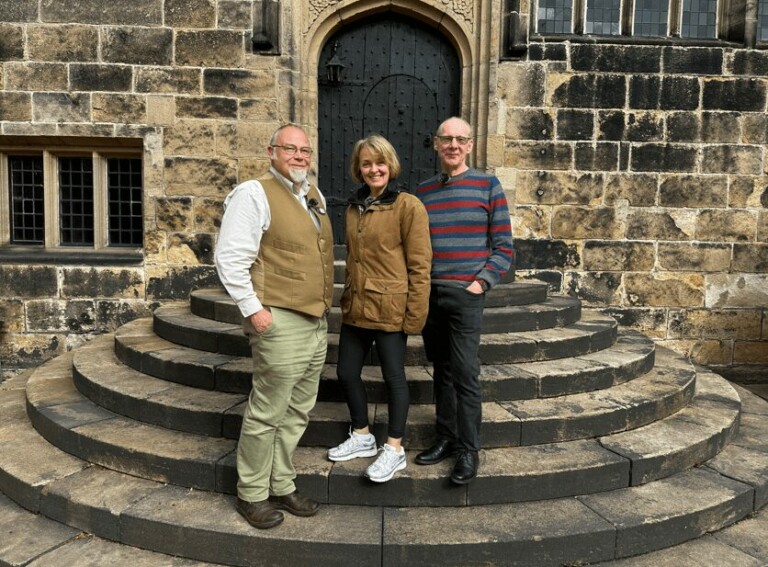
I am so amazed at this portrait! Elizabeth I was certainly beautiful.
Yes, I think so. She did have a certain type of beauty for sure.
I may be missing a piece of the puzzle … when this was written, the portrait was being sold by the Weiss Gallery, having come from a private collection. Was it then sold to another private collection? Do you know where she is now?
The gallery do but as it is private hands, the information is not publicly available.